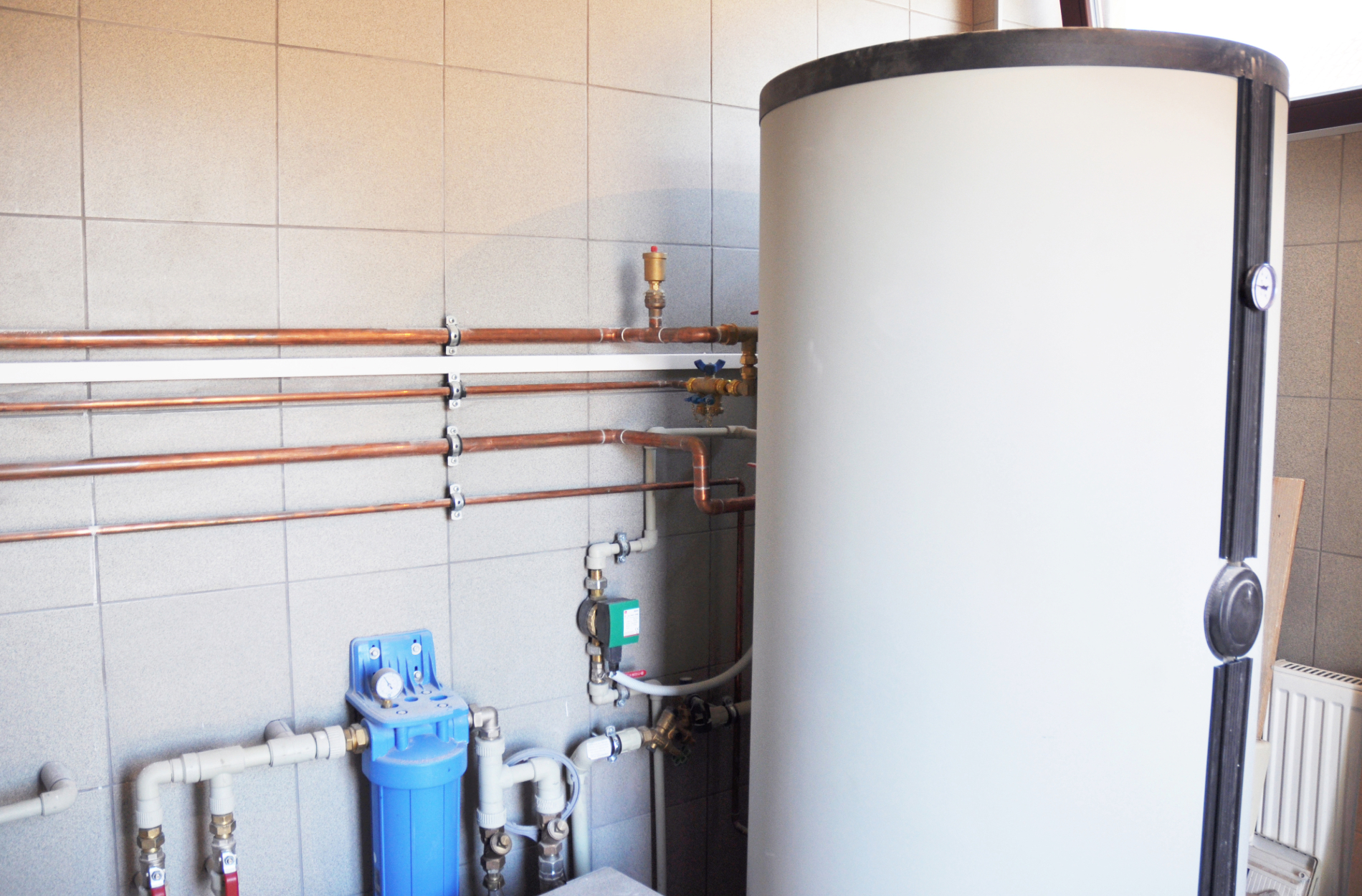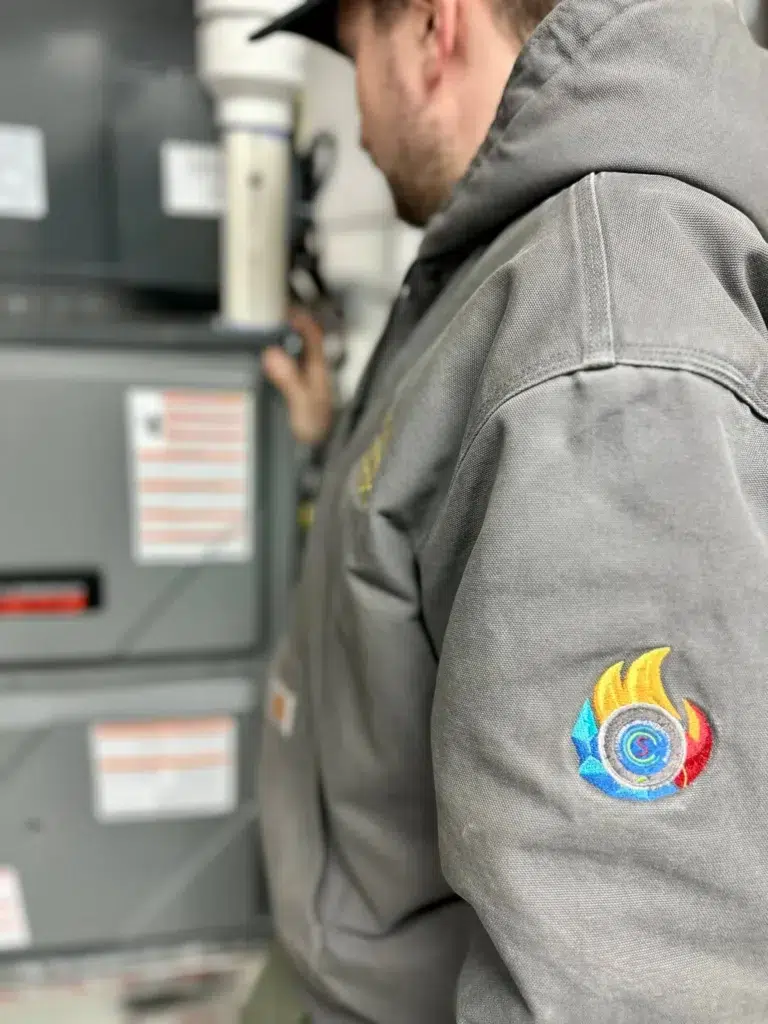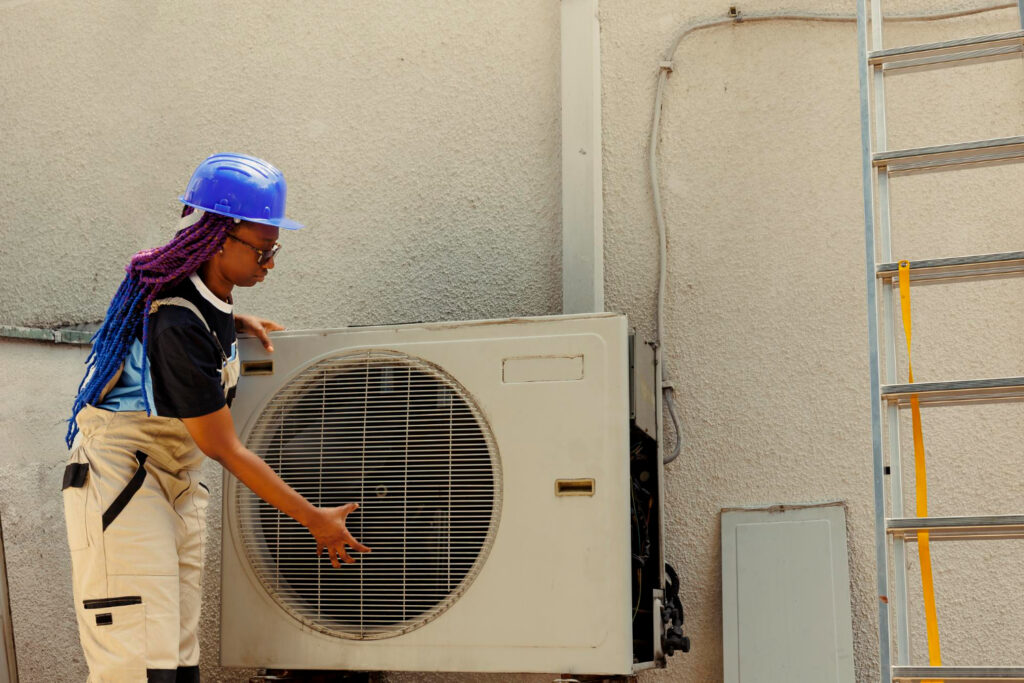As the weather turns colder in Baltimore and Columbia, heating moves to the top of everyone’s mind. Fall is a smart time to check your system for readiness. If your boiler is old or unreliable, a new system may be just what you need before winter arrives. Getting a new boiler often means warmer rooms, less noise, and better peace of mind all season.
If you have set up a boiler system installation or you are just planning one, knowing what happens makes the process smoother. When you are prepared and know what the appointment involves, you can relax a bit and focus on comfort. Below is a clear walk-through of a typical installation, from the crew’s arrival to the first test run.
Getting Ready for Installation Day
A little preparation makes installation day go much more smoothly.
– Clear space around your old boiler. Move boxes, laundry baskets, or anything leaning on the system to give the crew room to work.
– Stay aware of the crew’s arrival window. They may call ahead if their schedule changes, so keeping your phone nearby is helpful.
– If pets or kids are around, make a safe area for them so they remain comfortable and out of the work zone.
The installers will usually start with a quick walkthrough to look over the area, go over the plan, and see if you have any last questions. Expect to see plastic sheets or protective mats. These help keep floors and carpets clean while work is underway. On top of that, reputable installers check for the right gas and electrical access before the installation starts.
For certain projects, and especially in older Baltimore homes, the system may also get tested for carbon monoxide leaks. Complete Climate Services includes safety checks so your home is safe before and after the system swap.
The Boiler Removal Process
Getting the old boiler out is always step one. Depending on your home and the age of the system, this part can take extra time. Tight spaces, older piping, or corroded valves might be harder to handle but are common in Baltimore and Columbia homes.
The process starts with shutting off all power and water to the unit. Then, connections to water lines, gas, or electricity are disconnected in a careful step-by-step process. Rust, leaks, or limescale from the old system will get cleaned up so the new boiler has a fresh place to sit.
Old brackets, vents, or wall mounts are checked and may be removed if they do not fit the new unit. If the old system was vented in a unique way, expect that the crew will need time to carefully remove those parts and avoid damaging anything around them. Any leftover debris or removed pieces are collected right away so the new equipment does not get set up in a cluttered space.
Setting Up the New Boiler
Once the old boiler is out, the new system arrives at its place. Sometimes the new unit fits right into the old space, but other times, a small adjustment might be needed. Extra hands may help move a large model, especially when getting through narrow basements or around sharp corners.
During a boiler system installation, the new system gets connected to water, gas, and electric lines. This is the part where things slow down for careful work. Depending on the model, updated shut-off valves, pressure sensors, or even a new thermostat can be put in at this time. These upgrades can make the new unit run more reliably and give you more control over settings and schedules.
Crews check that all connections are tight and straight. Many modern boilers today run quietly and use less fuel, but only when all the lines and valves are sealed the right way.
If your home did not have a programmable thermostat before, this is a good opportunity to get one. Complete Climate Services offers installation of smart thermostats that work with most new boiler systems and can help you monitor room temperatures from anywhere using a phone or tablet.
Before moving forward, the new boiler is leveled and bolted down so it stays secure over the years. These small steps help avoid vibration, leaks, or uneven heating in the months ahead.
Testing and Final Checks
Now it’s time to see the new boiler in action. The crew will fill the unit with water and bleed the radiators to push out any trapped air. Once everything is in place, the team turns on the system and checks for steady operation.
During these tests, installers watch for leaks, strange smells, or odd noises. They check pressure levels, test safety shut-offs, and make sure the house is heating up evenly.
You will have a chance to ask questions and watch the controls in action. Most new systems let you easily adjust the heat or set timers. You may even get a quick lesson in how to set or reset the thermostat and basic care for the new system.
The team will only leave once everything is confirmed safe and working as it should.
What Happens After the Crew Leaves
Once things are finished, installers will remove their mats, sweep up behind themselves, and haul away your old system. Most of the time, homeowners notice the new warmth and clean space first. If any parts, wires, or small screws are left in the work area, they get picked up before the job is really done.
You’ll be handed all the paperwork for your boiler system installation at the end. This usually includes the equipment manual, warranty cards, and sometimes a list of recommended maintenance steps. Always keep this paperwork in a safe spot in case you need it for a service call or have general use questions.
If you notice a new sound or hiccup in the first day or two, that’s common as pipes and radiators get used to the flow. Short warming times, steady temperatures, and fewer cold spots are signs your home is settling in with the new system.
Your Comfort Starts with a Smooth Installation
Knowing the steps of a boiler system installation helps everything go more smoothly and can lower any stress about the new process. When the appointment is clear from start to finish, you spend less time waiting and more time comfortable at home.
Solid prep, open discussion, and a clear timeline keep the work on track. Once your boiler is up and running, you will notice the calm warmth and steady comfort throughout your space.
FAQs
How long does a boiler installation take?
It usually takes most of a day, but older systems or unique layouts may stretch things out. The crew will let you know if the job could run longer than planned.
Will I need to be home the whole time?
Yes, it’s best for someone to be on site. Sometimes you will be needed to answer a question or test out the thermostat.
Do I need to clear out the whole basement?
No, just clear the area around the boiler. Moving any style shelves or bins just helps the crew finish faster.
What should I do with old boiler paperwork?
Keep all old documentation, especially if it lists repairs or trouble in the past. This can be helpful when setting up the new unit or trouble-shooting down the line.
Can I use my heat right after the new boiler is in?
Yes, once the system passes testing, it is ready to go. You may notice some new sounds or heating patterns at first, but steady warmth should show up right away.
Getting ready for Baltimore or Columbia winters means making sure your heat works when it matters most. A well-planned appointment and solid setup can make a big difference in how your home stays warm. We walk you through each step so you know what to expect and feel confident before, during, and after. Whether you’re swapping out an older unit or starting fresh, we’ve got you covered. For a closer look at what happens during a boiler system installation, Complete Climate Services is here to help.



